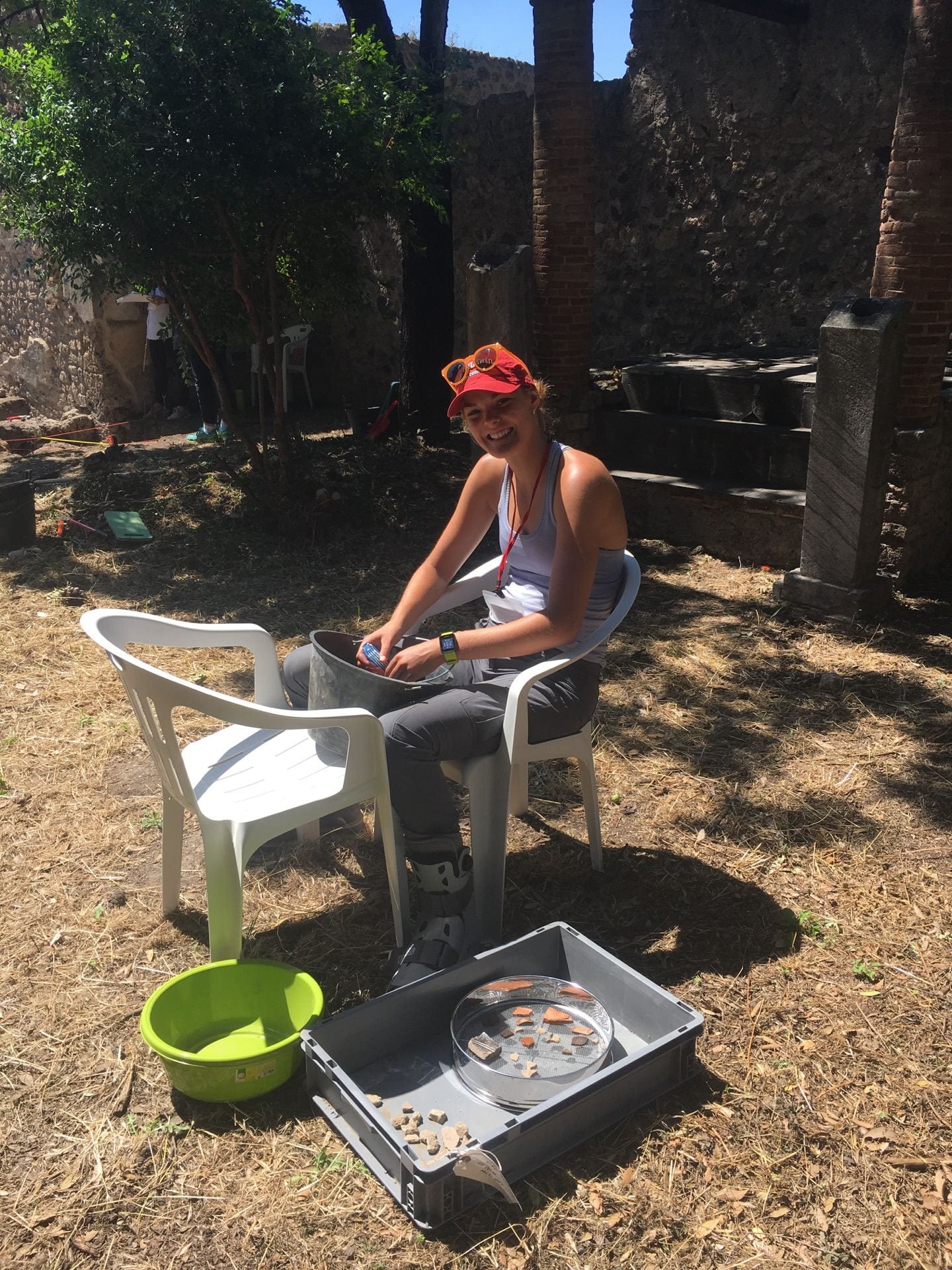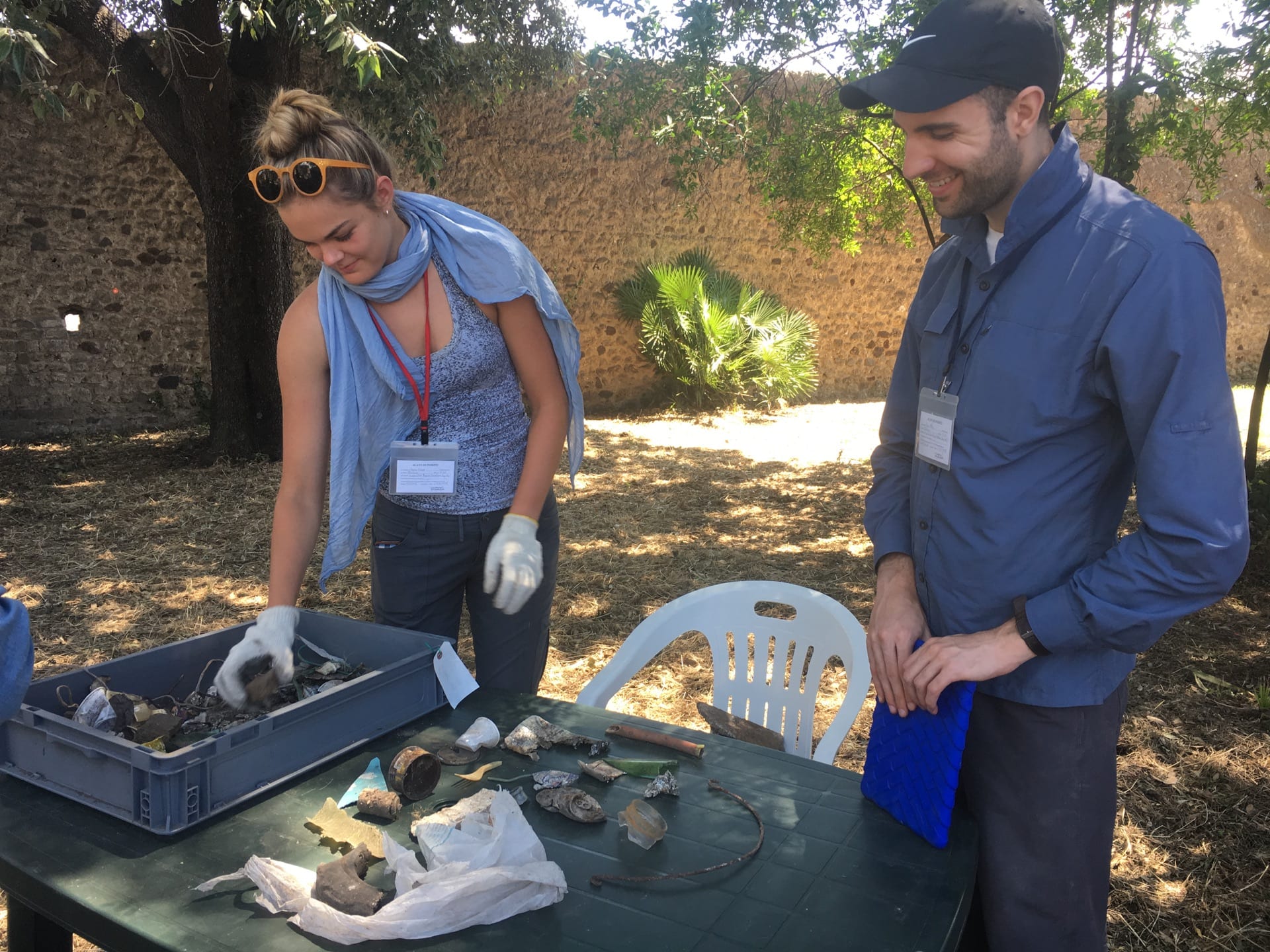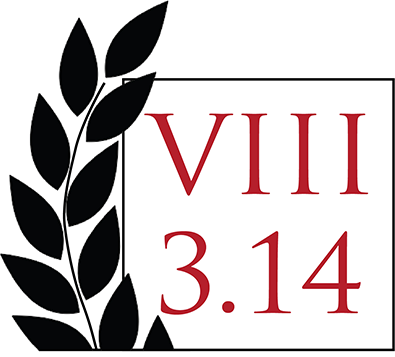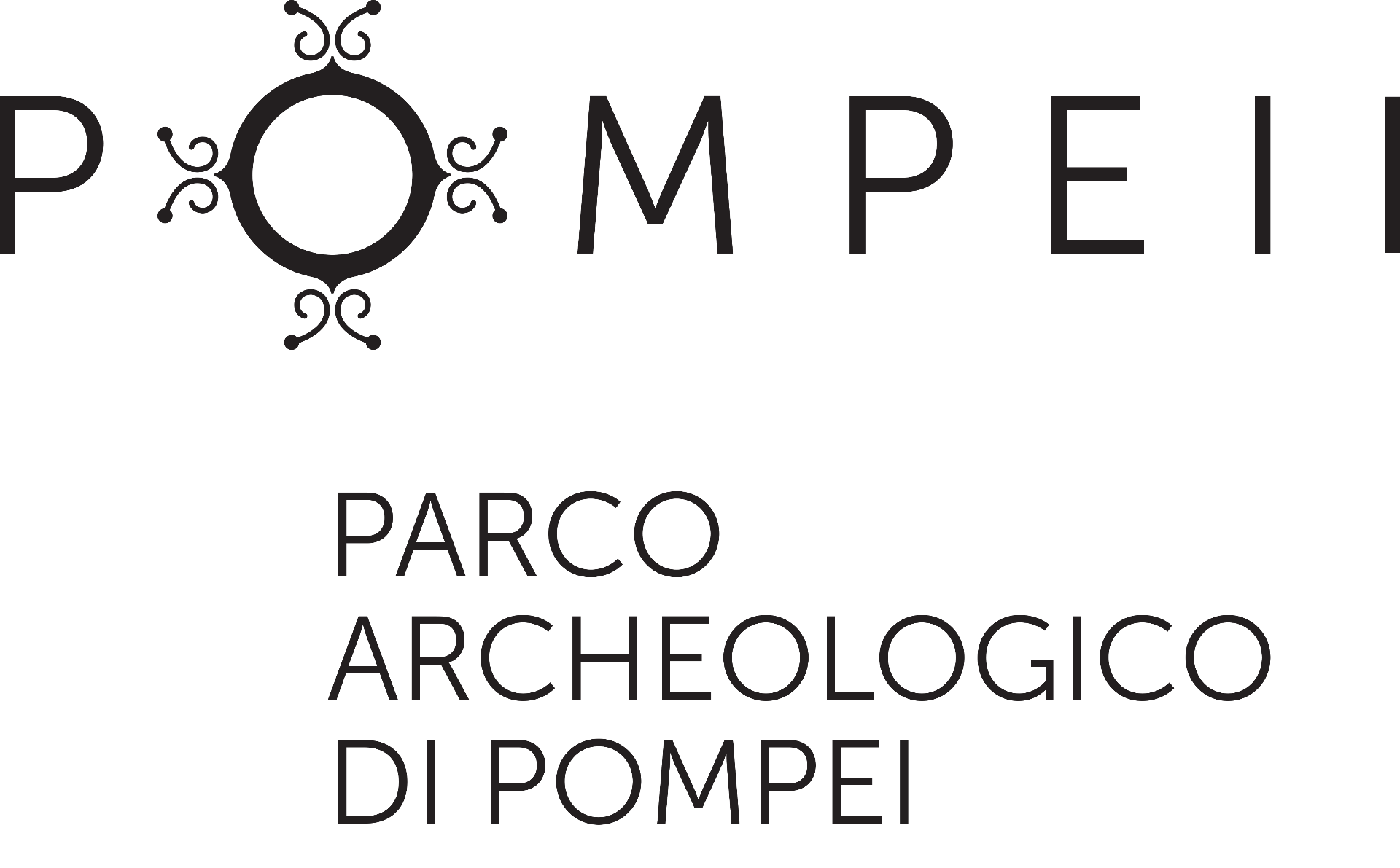
All catalogued data and photographs are entered daily into the project database. All finds see several types of analysis: temporal, biotic, social/cultural, epigraphic (where applicable), and spatial. (1) Temporal analysis. Ceramics, coins, and other temporally sensitive artifacts help date the strata from which they come. Selected organic samples from strata predating the 79 CE eruption will undergo radiocarbon dating. (2) Biotic analysis. Specialists examine all organic remains (both macro-remains and the microfauna and microflora from soil samples). Identifying available plant and animal resources sheds light on production and consumption in the local economy, as well as the ecology of the garden itself. (3) Social/cultural analysis. Analysis of the finds will clarify the activities that took place within domestic space, as well as the local and long-distance economies in which the house’s inhabitants participated. (4) Spatial analysis. All data generated by survey and excavation is entered into a GIS database. The resulting coordination of all stratigraphic, artifactual, paleobotanical, faunal, geological, and spatial data will facilitate the identification of activity areas and changing patterns of site use over time. We have worked with the Parco Archeologico di Pompeii (PAP) to set up a recording system and database compatible with the protocols used at Pompeii.







